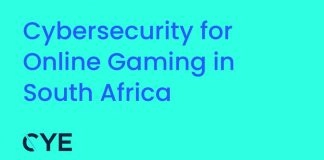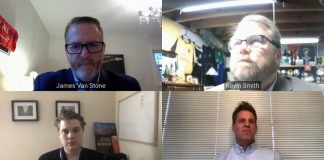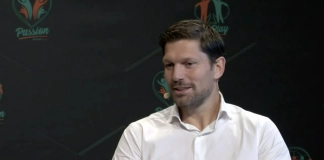A diverse workforce is undoubtedly a strength for any company, especially within an industry as fast-paced and wide-reaching as igaming. However, catering to the HR needs of employees spanning different backgrounds and generations can pose a myriad of unique challenges.
On the latest SBC Webinar, titled ‘’How HR and culture help employees in adapting to igaming’s changes’, a panel of industry experts shared their top tips to achieve cross-generational harmony’.
Feedback
Cindy Macintos, Chief People Officer at Pinnacle, noted that successfully delivering effective feedback varies between generations.
“Gen X [those typically born between 1965 and 1980] are a far and away more direct generations and much harsher in their approach than Gen X [those born between 1997 and 2012], for instance,” she explained.
“If I would give feedback to a Gen X’er it would be very different than if I would give feedback to a Gen Z’er. It’s much softer [with Gen Z] while with Gen X the format doesn’t really matter that much. You need to be very aware of that [because] the consequences of having a one-size-fits-all approach that doesn’t work is significant.”
Andrea Saliba, Head of People and Culture at Rhino Entertainment added that irrespective of age, effective feedback requires those giving the feedback understanding the intentions behind their advice.
He explained: “If your intention is there to help and support that employee, the conversation will look different than if your intention is I’m so annoyed by this and this has been going on way too long and I just need to get this off my chest,
“If you go in there with intent, especially as a manager to explain, look, this isn’t going well, but here’s what we can do to help you, or what do you need from me to help you? It’s an entirely different conversation. So I think that intention question needs to be front and centre, especially when it comes down to negative feedback.”
Work-life balance
A tricky aspect of employee life to manage can be the work-life balancing act, especially in an industry like igaming that works across different locations and time zones.
Olesia Sarkan, Head of Expertise at Growe, suggested that it can be effective to view aspects of an employee’s life, such as work, downtime and relationships, as one rather than individual silos.
She said: “I think, at least sometimes, it works when we combine the ability to spend time with friends in company places or give the ability to take a plus one to our corporate events or on business trips and to combine the ability to spend time with family on business trips.
“It helps with the ability to spend more [time] with my family, with my friends and in helping with my company.”
Although Macintos agreed that this approach works for her personally, she cautioned that this blend of work and home life may not be suitable for everyone.
“I have seen that it creates a level of burnout with other people that just need to take that step back. If that model doesn’t fit with you I think it’s also important to give and create that space,” said Macintos.
Communication
In igaming the use of new technology is almost constant as markets evolve and the trio detailed the importance of clear communication regarding the use of new technology – especially to older employees who are more comfortable with more established work practices.
“There’s updates and directions that the business might take that you have to dive into, like take AI for example,” said Saliba.
“You need to communicate and explain to some members of the team why you’re doing it. [For example], this chatbot isn’t going to replace your job, it’s not going to replace your function but it’s actually going to help you add more value into the most interesting parts of operations and remove those repeated queries that you get.”
“It can create some anxiety and fear in people if you don’t explain the context and why we’re doing it, especially once you’re experimenting and trying out the latest tools and new technology. So I think that’s something we also need to be aware of from a people’s perspective to make sure that we do communicate why it’s being done this way, why we’re taking the strategy and how to benefit you as an individual and the team and the function in general.”
Diversity makes us stronger
Rounding out the conversation, all three of the panelists noted that age diversity is something that should be embraced and fostered.
Sarkan said: “I think there’s a nice mix across the industry of different generations. We need to find an agile way of keeping people engaged, motivated and rewarded with the tools that we use. So there’s a lot of work that we can do from a HR perspective to bridge those gaps.
“Diversity is what makes us unique and what makes us stronger in reality.”
On the different working cultures across generations, Saliba warned that Gen Z employees “want things yesterday”, therefore companies need to ensure that their strategy aligns and caters for that approach while still blending this with the approaches that suit older generations.
He concluded: “It’s also the fun part of the job because you have these different generations. Some have a lot of experience and knowledge [while] new [people] coming in have different expectations about work and what work needs to look like, and what the environment needs to look like.
“So I think as HR you can play this very key role to streamline that and to make it work so that everybody finds their place without feeling that their needs are not necessarily being met. I think also, especially for people that are in our organization longer, they can play good roles as mentors and give an insight [into] why certain things have been done.”
You can watch the full webinar by clicking here.





